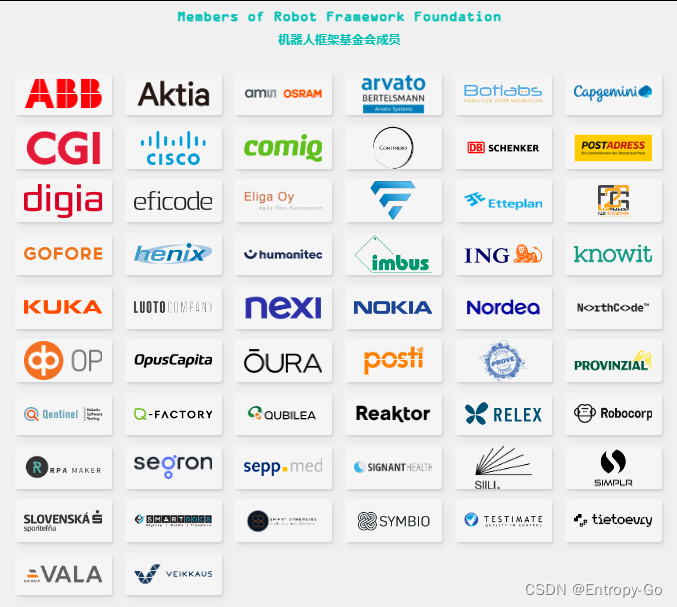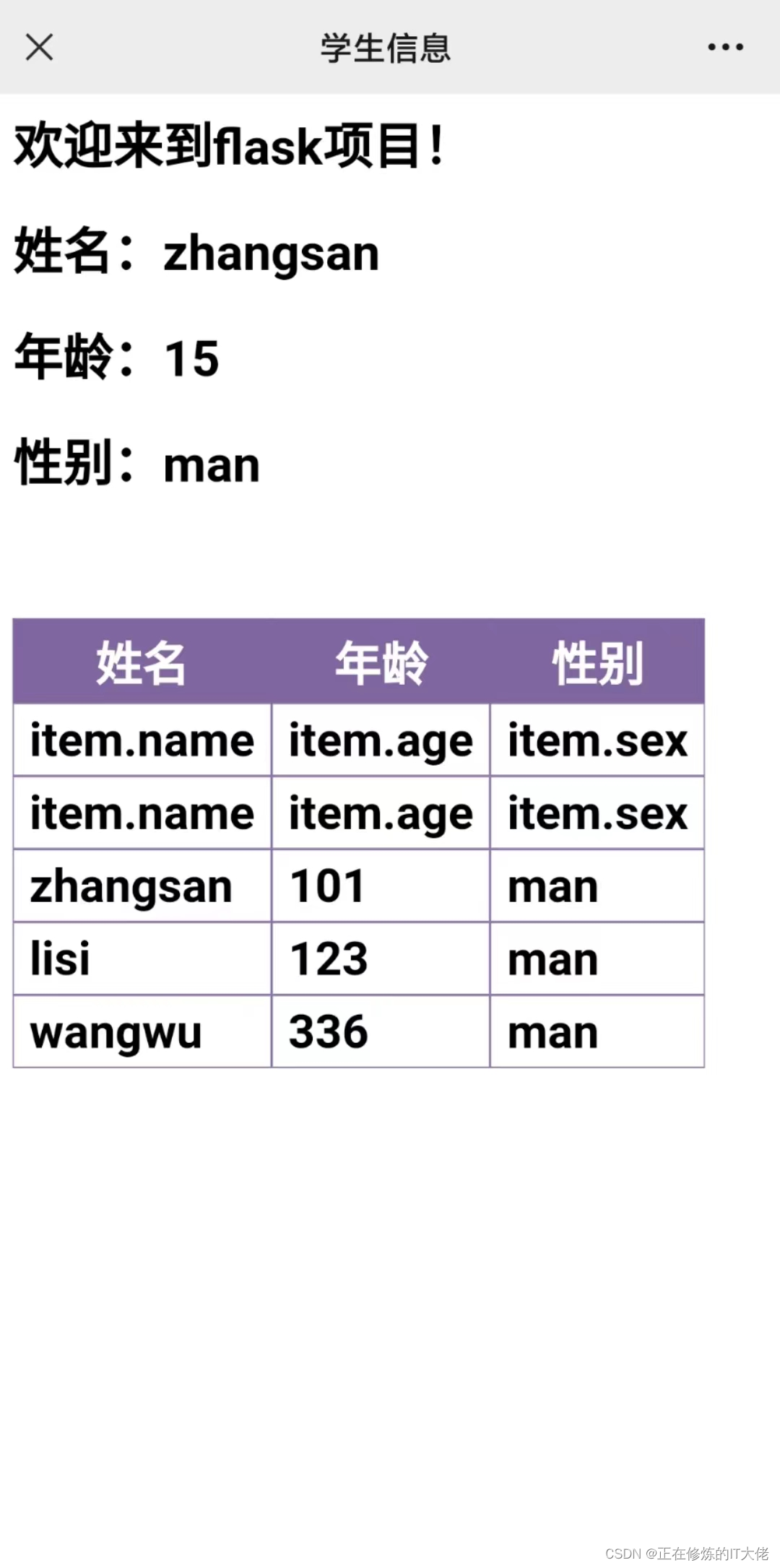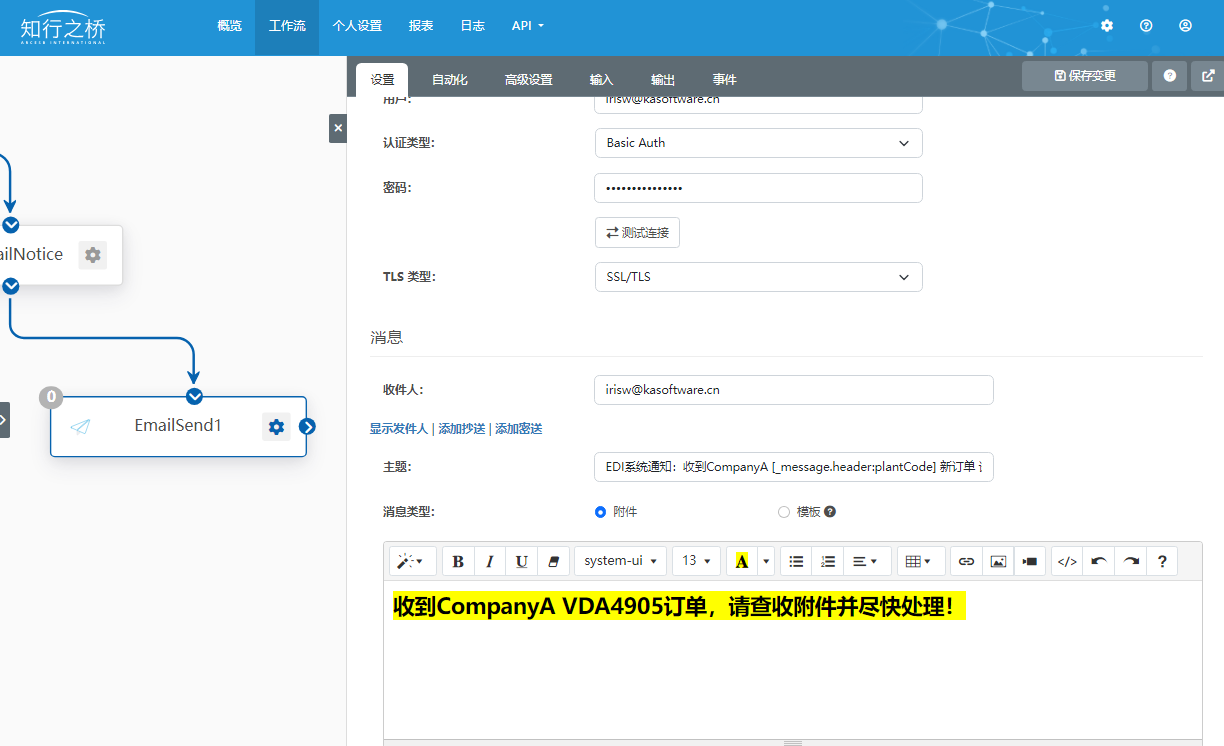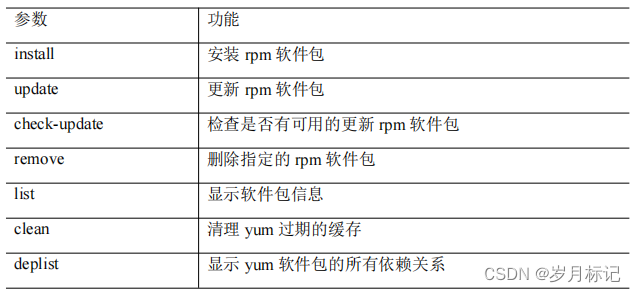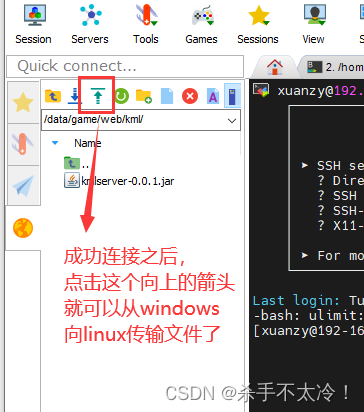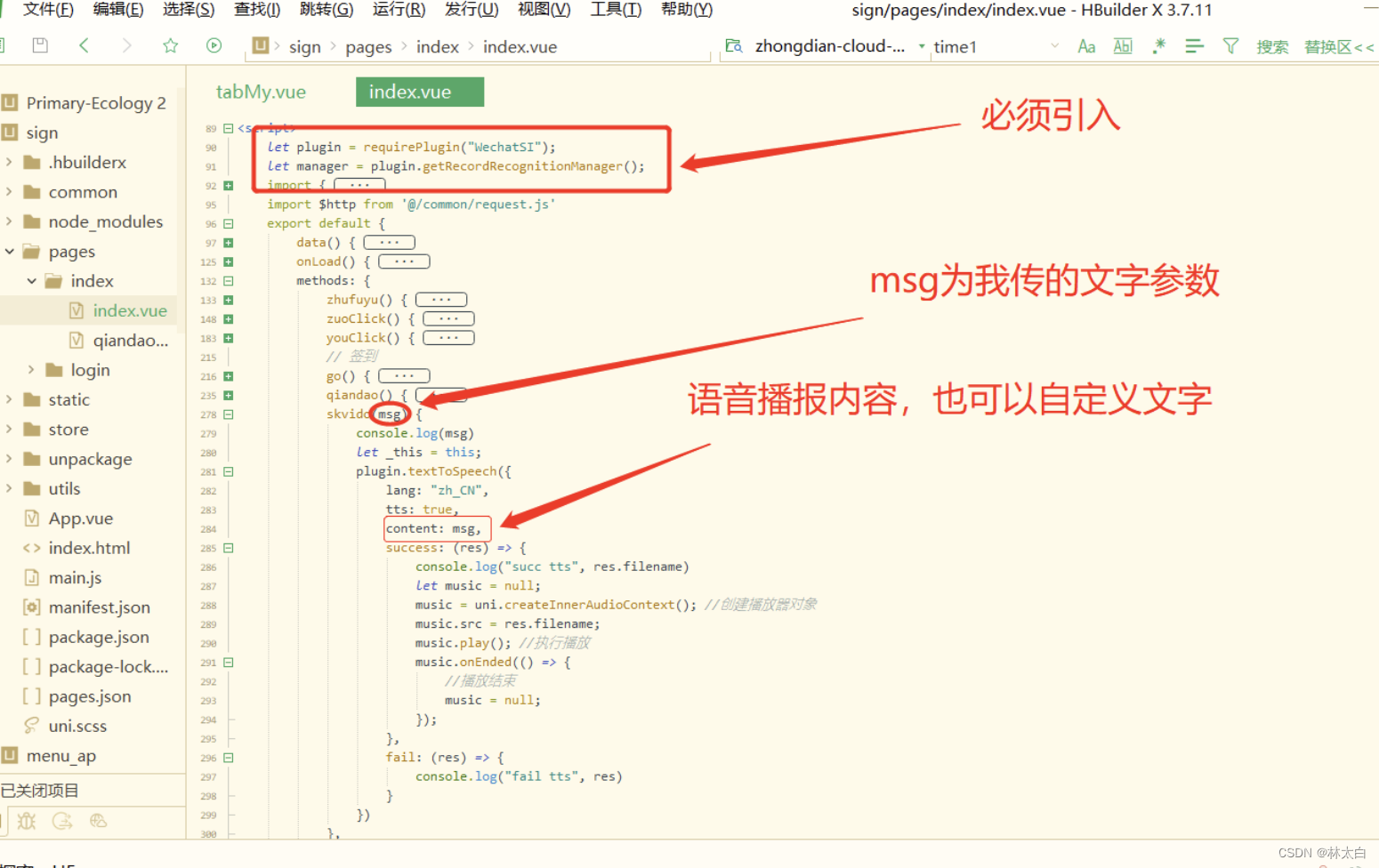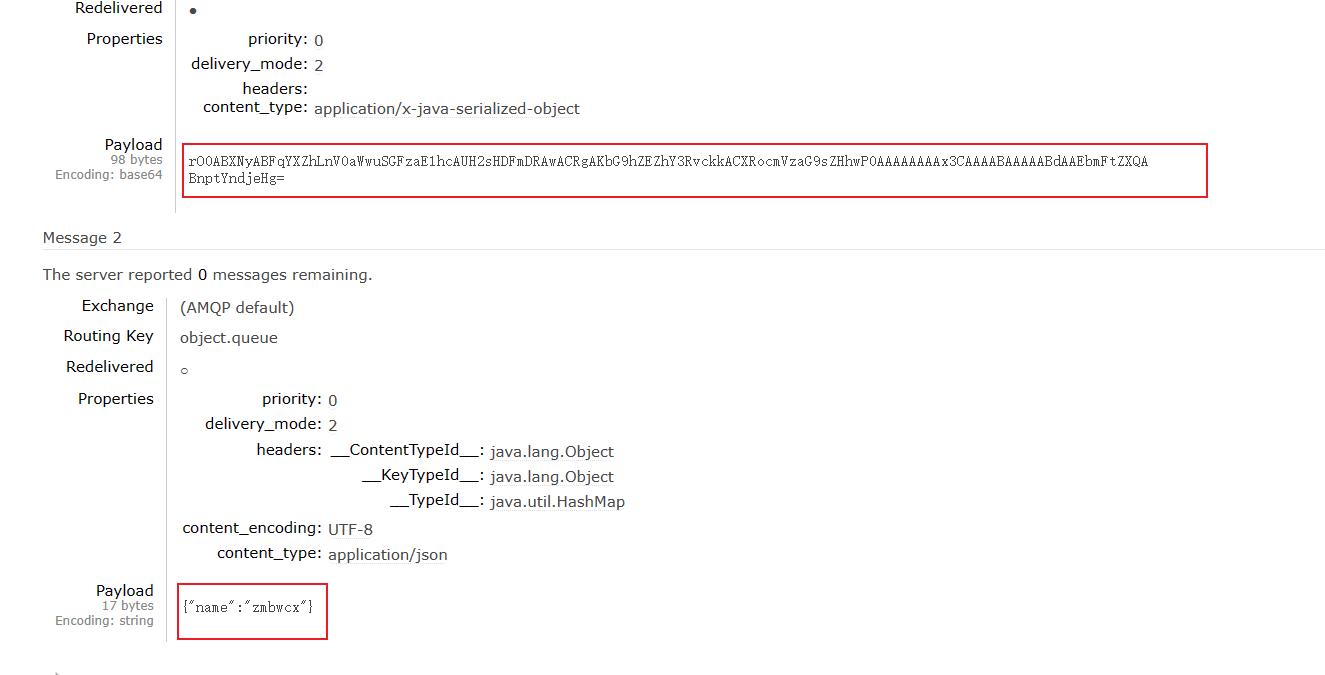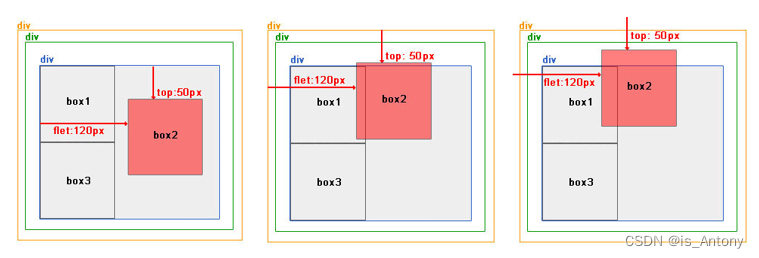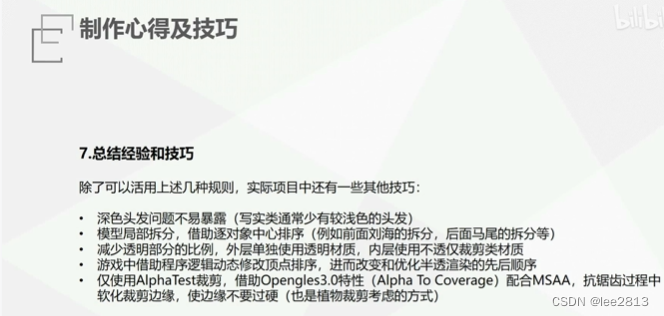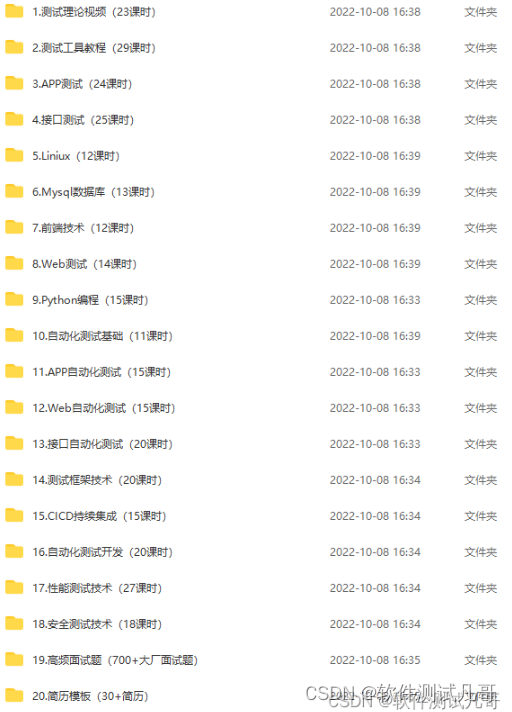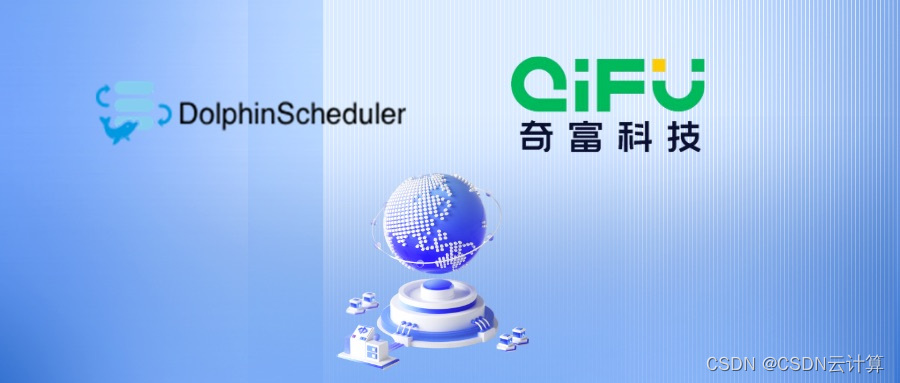Spring实例化源码解析之循环依赖CircularReference这章的最后我们提了一个构造函数形成的循环依赖问题,本章就是讲解利用@Lazy注解如何解决构造函数循环依赖和其原理。
准备工作
首先创建两个构造函数循环依赖的类,TestA和TestB,代码如下:
@Service
public class TestA {public TestA(@Lazy TestB testB) {this.testB = testB;}TestB testB;public void testA(){testB.testB();}
}@Service
public class TestB {public TestB(TestA testA) {this.testA = testA;}TestA testA;public void testB(){System.out.println("有人掉我了 ^^");}
}
这样并不会有循环依赖的异常,所以说@Lazy确实可以解决构造函数循环依赖的问题。
@使用@Lazy注解
@Lazy注解since 3.0,
/** Copyright 2002-2021 the original author or authors.** Licensed under the Apache License, Version 2.0 (the "License");* you may not use this file except in compliance with the License.* You may obtain a copy of the License at** https://www.apache.org/licenses/LICENSE-2.0** Unless required by applicable law or agreed to in writing, software* distributed under the License is distributed on an "AS IS" BASIS,* WITHOUT WARRANTIES OR CONDITIONS OF ANY KIND, either express or implied.* See the License for the specific language governing permissions and* limitations under the License.*/package org.springframework.context.annotation;import java.lang.annotation.Documented;
import java.lang.annotation.ElementType;
import java.lang.annotation.Retention;
import java.lang.annotation.RetentionPolicy;
import java.lang.annotation.Target;/*** Indicates whether a bean is to be lazily initialized.** <p>May be used on any class directly or indirectly annotated with {@link* org.springframework.stereotype.Component @Component} or on methods annotated with* {@link Bean @Bean}.** <p>If this annotation is not present on a {@code @Component} or {@code @Bean} definition,* eager initialization will occur. If present and set to {@code true}, the {@code @Bean} or* {@code @Component} will not be initialized until referenced by another bean or explicitly* retrieved from the enclosing {@link org.springframework.beans.factory.BeanFactory* BeanFactory}. If present and set to {@code false}, the bean will be instantiated on* startup by bean factories that perform eager initialization of singletons.** <p>If Lazy is present on a {@link Configuration @Configuration} class, this* indicates that all {@code @Bean} methods within that {@code @Configuration}* should be lazily initialized. If {@code @Lazy} is present and false on a {@code @Bean}* method within a {@code @Lazy}-annotated {@code @Configuration} class, this indicates* overriding the 'default lazy' behavior and that the bean should be eagerly initialized.** <p>In addition to its role for component initialization, this annotation may also be placed* on injection points marked with {@link org.springframework.beans.factory.annotation.Autowired}* or {@link javax.inject.Inject}: In that context, it leads to the creation of a* lazy-resolution proxy for all affected dependencies, as an alternative to using* {@link org.springframework.beans.factory.ObjectFactory} or {@link javax.inject.Provider}.* Please note that such a lazy-resolution proxy will always be injected; if the target* dependency does not exist, you will only be able to find out through an exception on* invocation. As a consequence, such an injection point results in unintuitive behavior* for optional dependencies. For a programmatic equivalent, allowing for lazy references* with more sophistication, consider {@link org.springframework.beans.factory.ObjectProvider}.** @author Chris Beams* @author Juergen Hoeller* @since 3.0* @see Primary* @see Bean* @see Configuration* @see org.springframework.stereotype.Component*/
@Target({ElementType.TYPE, ElementType.METHOD, ElementType.CONSTRUCTOR, ElementType.PARAMETER, ElementType.FIELD})
@Retention(RetentionPolicy.RUNTIME)
@Documented
public @interface Lazy {/*** Whether lazy initialization should occur.*/boolean value() default true;}这个注释描述了@Lazy注解在Spring框架中的用法和行为。我将其翻译如下:
表示一个bean是否应该被懒初始化。可以用于任何直接或间接被 @Component 注解标记的类,或者用于被 @Bean 注解标记的方法上。
如果在 @Component 或 @Bean 定义上没有使用这个注解,bean 将会被急切初始化。如果使用了该注解并设置为 true,那么被 @Bean 或 @Component 标记的类将不会在被另一个bean引用或者在封装它的BeanFactory中显式获取之前进行初始化。如果使用了该注解并设置为 false,则bean将会在启动时由急切初始化单例的bean工厂中被实例化。
如果 @Lazy 注解放在一个 @Configuration 类上,表示该配置中的所有 @Bean 方法都应该被懒初始化。如果在一个 @Lazy 注解的 @Configuration 类中的 @Bean 方法上使用了 @Lazy 并设置为 false,这表示覆盖了“默认懒初始化”行为,该bean将会被急切初始化。
除了在组件初始化中的作用外,该注解还可以放在标记为 org.springframework.beans.factory.annotation.Autowired 或 javax.inject.Inject 的注入点上:在这个上下文中,它会为所有受影响的依赖关系创建一个懒解析的代理,作为使用 org.springframework.beans.factory.ObjectFactory 或 javax.inject.Provider 的替代方案。请注意,这种懒解析的代理会被始终注入;如果目标依赖不存在,你只能在调用时通过异常找出。因此,这样的注入点对于可选依赖关系来说会导致行为不直观。对于具备更多复杂性的懒引用的编程等价方式,请考虑使用 org.springframework.beans.factory.ObjectProvider。
@Lazy原理
我在TestA的构造函数中使用了@Lazy懒加载TestB,根据经验,TestA必须会去走Bean的创建流程,以往的普通循环依赖问题都是在populateBean期间(属性注入)做的。但是有个问题,如果我使用了@Lazy说明是在调用构造函数的时候懒加载TestB,那么我TestA中注入了个什么对象?在调用的时候怎么找到正确的TestB,因为TestB并没有懒加载。
分析流程
根据普通Bean循环依赖的经验,我判断会在AbstractAutowireCapableBeanFactory#doCreateBean方法中的属性注入完成后,TestA中就会注入TestB对象。所以我在populateBean打了个条件断点。
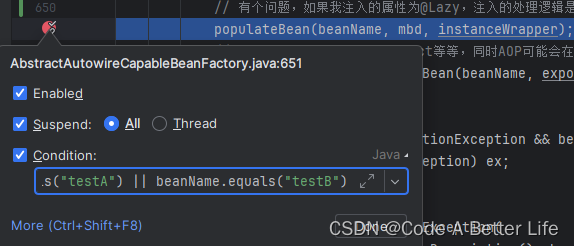
发现不对劲,因为在populateBean之前,TestA中就有了TestB的代理对象。搞错了,再来。
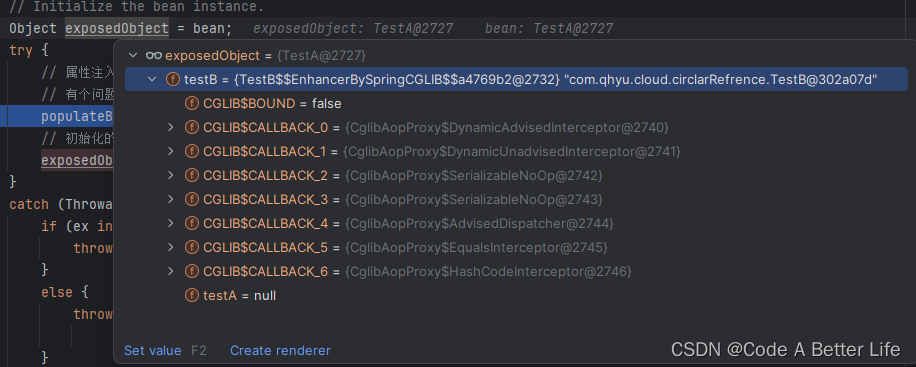
然后在AbstractAutowireCapableBeanFactory#doCreateBean方法中的第一行开始打断点,发现在createBeanInstance方法执行完之后就创建了TestB的代理对象。

所以基本定位到在调用构造函数创建TestA的时候就把TestB的代理对象创建好了。
源码跟踪
源码查看足迹可以参考下面的类:
AbstractApplicationContext#refresh
AbstractApplicationContext#finishBeanFactoryInitialization
DefaultListableBeanFactory#preInstantiateSingletons
AbstractBeanFactory#getBean
AbstractBeanFactory#doGetBean
DefaultSingletonBeanRegistry#getSingleton
AbstractBeanFactory#lambda
AbstractAutowireCapableBeanFactory#createBean
AbstractAutowireCapableBeanFactory#doCreateBean
AbstractAutowireCapableBeanFactory#createBeanInstance
AbstractAutowireCapableBeanFactory#autowireConstructor
ConstructorResolver#autowireConstructor
ConstructorResolver#createArgumentArray
ConstructorResolver#resolveAutowiredArgument
DefaultListableBeanFactory#resolveDependency
ContextAnnotationAutowireCandidateResolver#getLazyResolutionProxyIfNecessary
ContextAnnotationAutowireCandidateResolver#buildLazyResolutionProxy:83
这里有个小技巧,如果你使用的时IDEA,快捷键double Shift copy上述一行的栈信息可以直接跳转到次方法中
buildLazyResolutionProxy
ContextAnnotationAutowireCandidateResolver#buildLazyResolutionProxy方法是用于创建懒解析(lazy resolution)的代理对象。
protected Object buildLazyResolutionProxy(final DependencyDescriptor descriptor, final @Nullable String beanName) {BeanFactory beanFactory = getBeanFactory();Assert.state(beanFactory instanceof DefaultListableBeanFactory,"BeanFactory needs to be a DefaultListableBeanFactory");final DefaultListableBeanFactory dlbf = (DefaultListableBeanFactory) beanFactory;TargetSource ts = new TargetSource() {@Overridepublic Class<?> getTargetClass() {return descriptor.getDependencyType();}@Overridepublic boolean isStatic() {return false;}@Overridepublic Object getTarget() {Set<String> autowiredBeanNames = (beanName != null ? new LinkedHashSet<>(1) : null);Object target = dlbf.doResolveDependency(descriptor, beanName, autowiredBeanNames, null);if (target == null) {Class<?> type = getTargetClass();if (Map.class == type) {return Collections.emptyMap();}else if (List.class == type) {return Collections.emptyList();}else if (Set.class == type || Collection.class == type) {return Collections.emptySet();}throw new NoSuchBeanDefinitionException(descriptor.getResolvableType(),"Optional dependency not present for lazy injection point");}if (autowiredBeanNames != null) {for (String autowiredBeanName : autowiredBeanNames) {if (dlbf.containsBean(autowiredBeanName)) {dlbf.registerDependentBean(autowiredBeanName, beanName);}}}return target;}@Overridepublic void releaseTarget(Object target) {}};ProxyFactory pf = new ProxyFactory();pf.setTargetSource(ts);Class<?> dependencyType = descriptor.getDependencyType();if (dependencyType.isInterface()) {pf.addInterface(dependencyType);}return pf.getProxy(dlbf.getBeanClassLoader());}
很明显这里其实就是通过定义TargeSource来创建一个代理对象,然后注入到TestA中,在TestA需要使用注入的TestB时,会执行这个getTarget方法来获取,如果容器里面有TestB就从容器中获取,如果没有就走创建流程。
